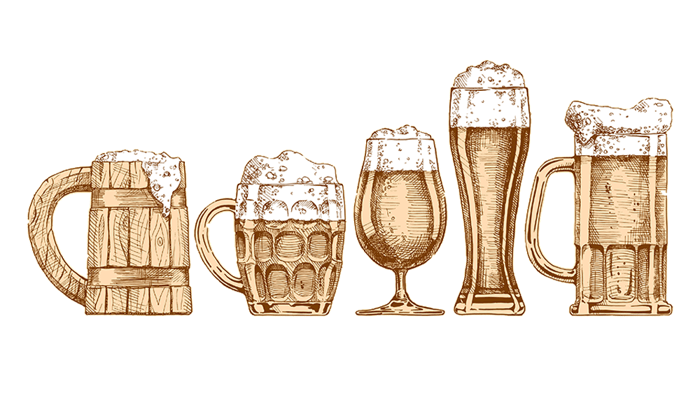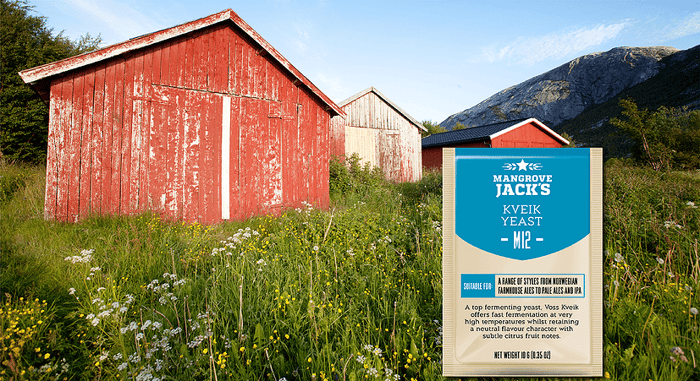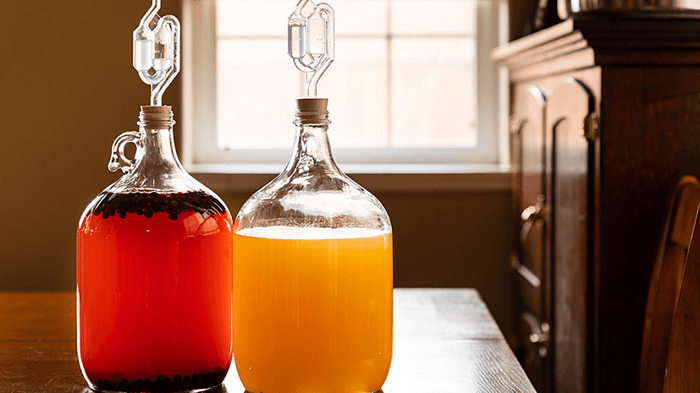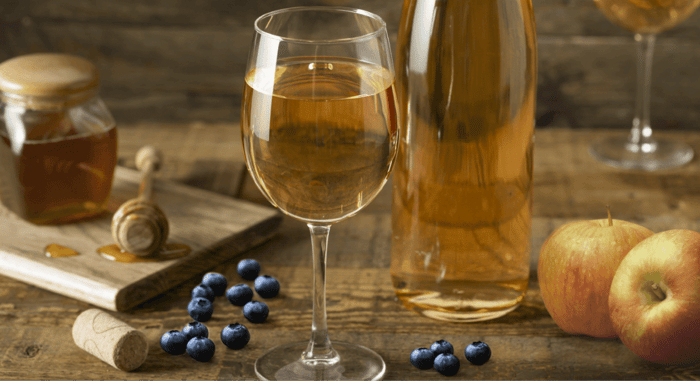In our last article A Brief History of Beer Part 1 we talked about the evolution of beer starting with the ancient Sumerians through to the middle ages - we'll pick up where we left off...
Beer and the Industrial Revolution
Fast forward a few years to something that had a direct impact on the styles of beer produced, their repeatability, the amount that could be produced and the distance beer could be shipped – yes, we’re talking about the Industrial Revolution. The Industrial Revolution is where a few major advances in brewing came into play, such as:
The Thermometer & Hydrometer - These allowed for more accurate readings of each beer brewed. Brewers could then dial in their recipes and increase efficiency.
Steam Power & Refrigeration - These allowed breweries to produce beer in larger quantities and ship it over greater distances.
Indirect Malt Kilning - This allowed brewers to remove the smoky flavour from malt making for light, crisp, non-smokey beers.
Cylindrical Roasting - This ushered in the rise of darker malts than the current brown and amber malts of the time. This set the scene for the Porter - arguably England’s most important beer style of the 17th century.
By the end of the 17th Century, English breweries were producing over a million “Porter” barrels a year!

War, Prohibition and the Threat of Modern Beer
England
The 1900s was probably the most eventful century for beer and with a great deal of hardship, a lot of styles were almost lost.
The great wars were tough on beer in many ways - in England, there were shortages in barley, rationing of resources, tax increases and shortening of pub hours. The effects of these changes meant that by 1918, the government required brewers to reduce the ABV of their beers by about half (generally down to 4% ABV) to accommodate the shortage of grain.
These hardships compounded with the rise in popularity of wine and cocktails (painting beer in a less-sophisticated light) resulted in many breweries closing.
In the late 1930s, there was an increase in the popularity of beer, but with the destruction of so many English breweries and pubs in the Second World War, by 1950 there were about 30% fewer breweries than there were before the war. Although all of the classic English styles were well established by 1900, they had become lower in alcohol content and more adjunct-filled at this point.

A patron of 'Sammy's Bowery Follies', sleeping at his table while the resident cat laps at his beer. Dec. 1947
USA
America wasn’t that much better off – first, there was the prohibition, followed by the Second World War. In 1934 (a year after the prohibition ended) there were only 756 breweries in the United States. Most of the breweries and beer gardens at this time were run by American-Germans and many of them had to go into hiding after the war.
With all this hardship on beer and the breweries, the quality of commercial beer plunged and the way beer was consumed had also begun to change.
Up until this point, beer was mostly sold and consumed in bars rather than in the home, but by 1945 this was reversed. The relatively low number of breweries worldwide combined with the effects of marketing lead to an arms race for breweries to consolidate, decrease production time and generate the most product to sell at the lowest possible prices.
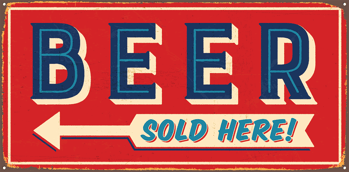
The Turning Point
By the 1960s in the USA, many of the beer styles from before prohibition all but vanished and were replaced by lighter, crisp lagers with higher ABV and larger portions of corn and rice. England faced a similar issue with traditional cask ale being replaced by ‘sterile’ kegged beer (delivered by truck and hosed into large serving tanks in the bar’s cellar).
It is easy to see why Cask Ale didn’t agree with the principles of big business. Cask beer (while having a rich and complex flavour) requires a lot of attention to get from the brewery to the glass (subtle handling and maintenance both from the brewer and the cellar master). The result of all this work is a product that can only be served for a few days before going flat and potentially becoming contaminated and oxidised.
This threat from modern beer, however, was fought by organisations like “Campaign for Real Ales” (CAMRA) in England and “The Brewers Association” in the USA - both started in the 1970s and allowed the traditional styles to retain a small foothold in commercial beer production - later this would come to be known as craft beer.
20th Century Beer
The early 20th century has seen exponential growth in the craft beer sector and an ever-growing number of people getting into homebrewing. Although some traditional and more flavourful beer styles had a near-death experience in the 19th century, they rose like a phoenix from the ashes of "big beer" in the 20th century.
Fortunately, Europe didn’t suffer quite as badly as the United States (due to the proud brewing traditions of Germany, Belgium and the United Kingdom) and many beer styles came back into regular production. Today in traditional wine countries like France and Italy, new beer cultures are being built from scratch with great success.
In the USA a further change in 1979 to the 21st amendment of the constitution, repealing prohibition in 1933, meant that beer produced at home for family consumption was exempt from taxation - making homebrewing officially legal. While it would take until 2013 for every state to make homebrewing legal it was enough to kick start the craft beer revolution, and is largely responsible for where it is today. According to a recent survey from the brewers association, homebrewers are now the third-largest producers of craft beer in the US.
Other countries like the Netherlands, New Zealand, Canada, Australia and Japan have also taken up the call and in the last 10 years, the number of breweries and new beer styles has reached amazing heights.
So here's to beer - from its humble beginnings to becoming such a fundamental part of history and society - long may it continue.

